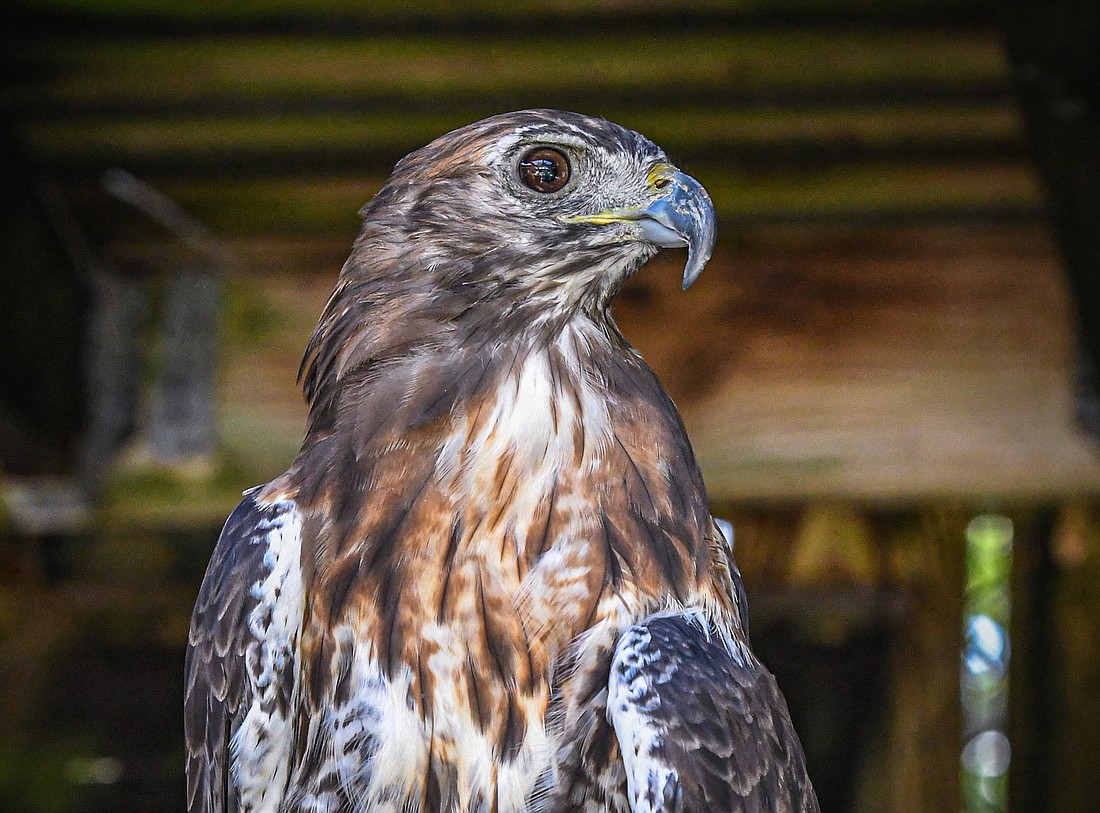- March 16, 2025
-
-
Loading

With their short, rusty-red tails, wide wings, and chunky build, red-tailed hawks are one of the largest and most common birds of prey in North America. Widespread in Florida, and the largest breeding hawk in the state, these adaptable birds have greatly extended their range over the last century.
This is likely a result of increased habitat created by human development: These birds, unlike many others, actually thrive in fragmented woodlands, open areas and suburbia, where they're often seen along roadsides, perched on poles.
In addition to adapting to a range of habitats, red-tailed hawks are flexible eaters. They'll forage for just about anything they can catch, most of the time locating prey by simply sitting and waiting for small mammals, such as mice, rats, squirrels, and rabbits, to walk past. Red-tailed hawks remain with the same mate for many years. As with other birds of prey, females are larger than males.
Even if you've never seen a red-tailed hawk, you've most likely heard one. Their impressive screeches are the ones most often used in wildlife films as the calls of any bird of prey, especially bald eagles. This is because, despite their tough appearance, the high-pitched call of an eagle is actually quite unimposing.
Although not considered a threatened species, red-tailed Hawks still face a range of dangers, including collisions with cars and buildings.
Electrocution on powerlines and lead poisoning are also a threat. Finally, secondary poisoning, as result of feeding on mammals that ingested rodenticides, fatally poison many birds of prey, including red-tails. We can help red-tailed hawks, and all our birds of prey, by keeping toxic materials out of our shared environment.
+++ITALICS SHIRTTAIL+++
Save our Seabirds is a non-profit organization whose mission is to rescue and rehabilitate
sick and injured birds, releasing as many as they can, while educating our community about
avoiding injuries and preserving habitats.